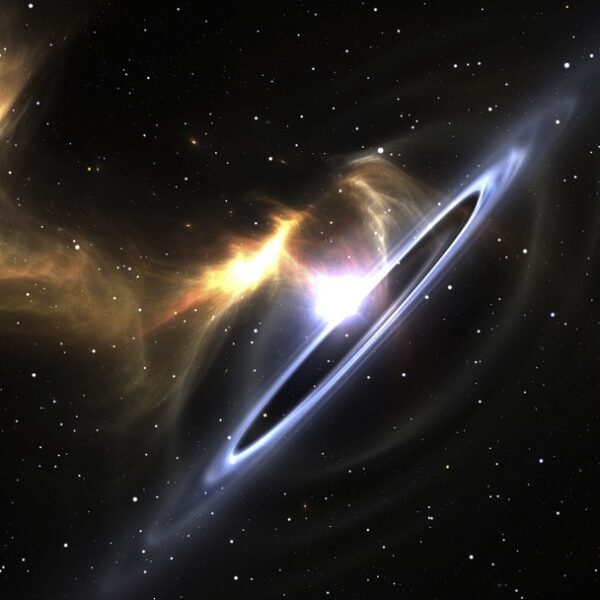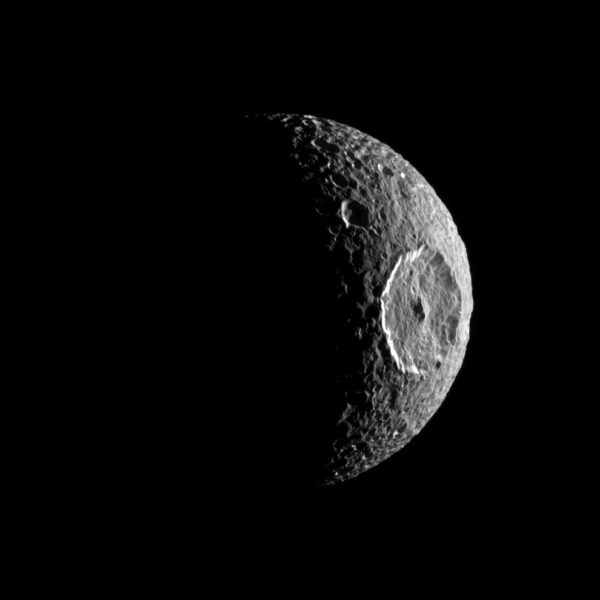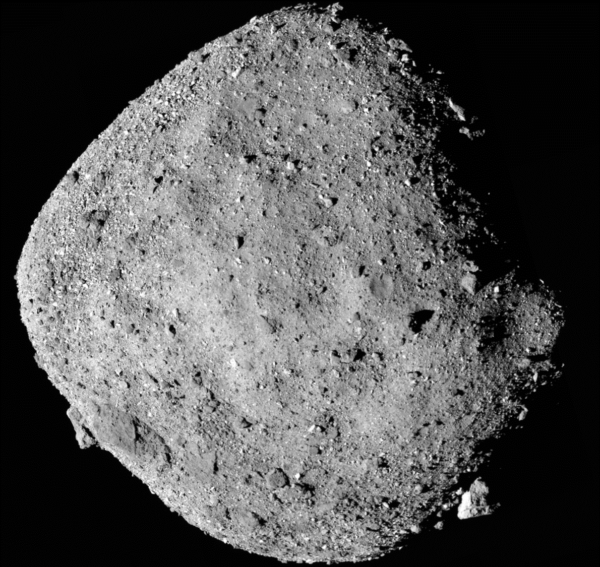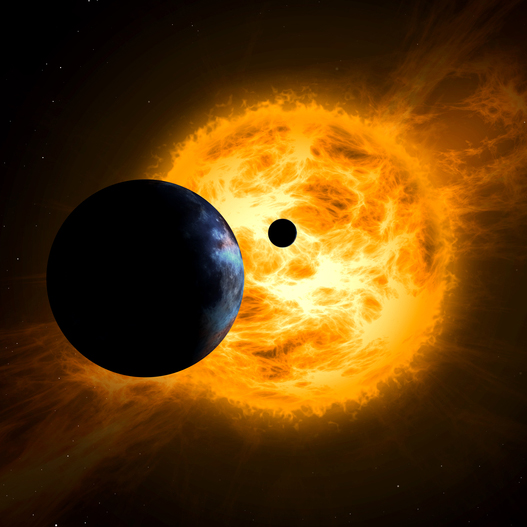Writer Fuel: Meet the Minimoons
The solar system holds many secrets that scientists are still trying to unravel. To help shed light on these mysteries, researchers are turning to space rocks of all kinds that may hold clues to the lost story of our solar system’s past. This approach is already bearing fruit: In October 2023, NASA’s OSIRIS REx mission … Read more











